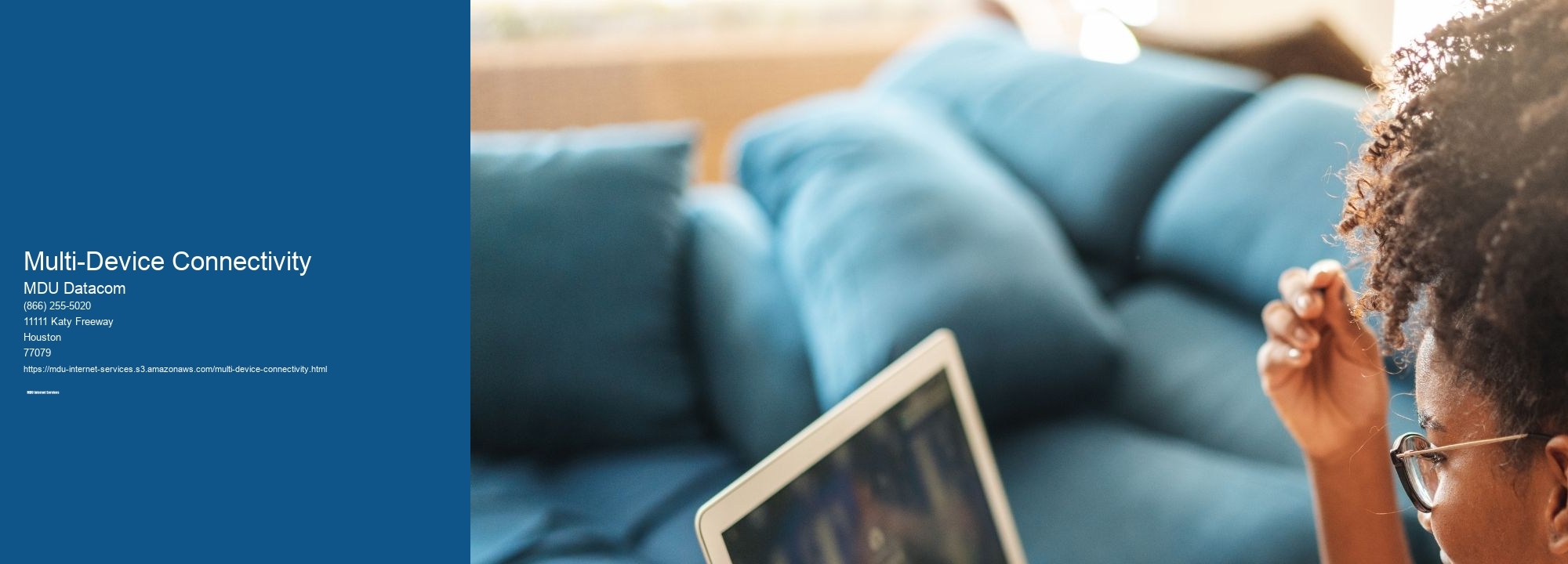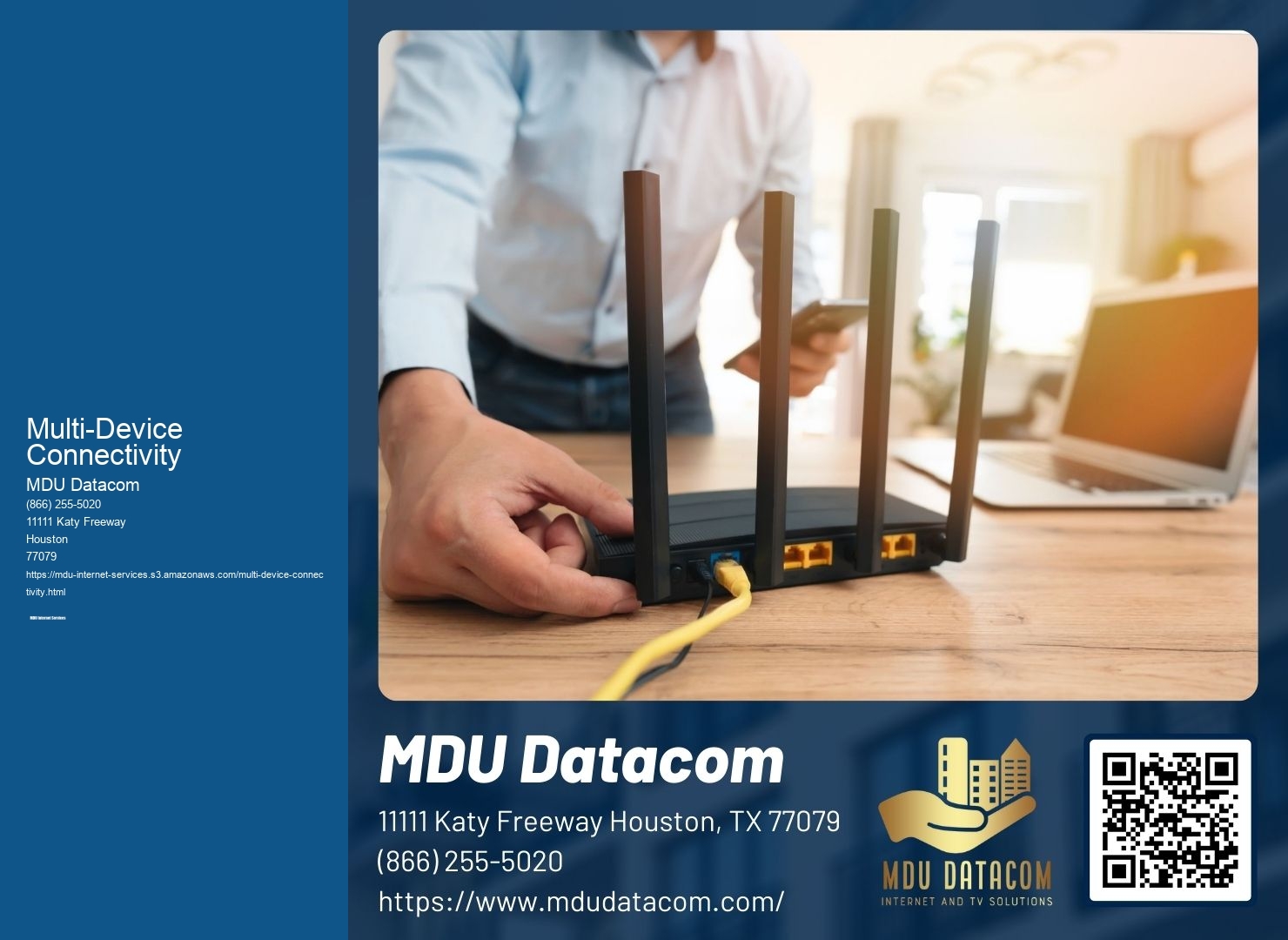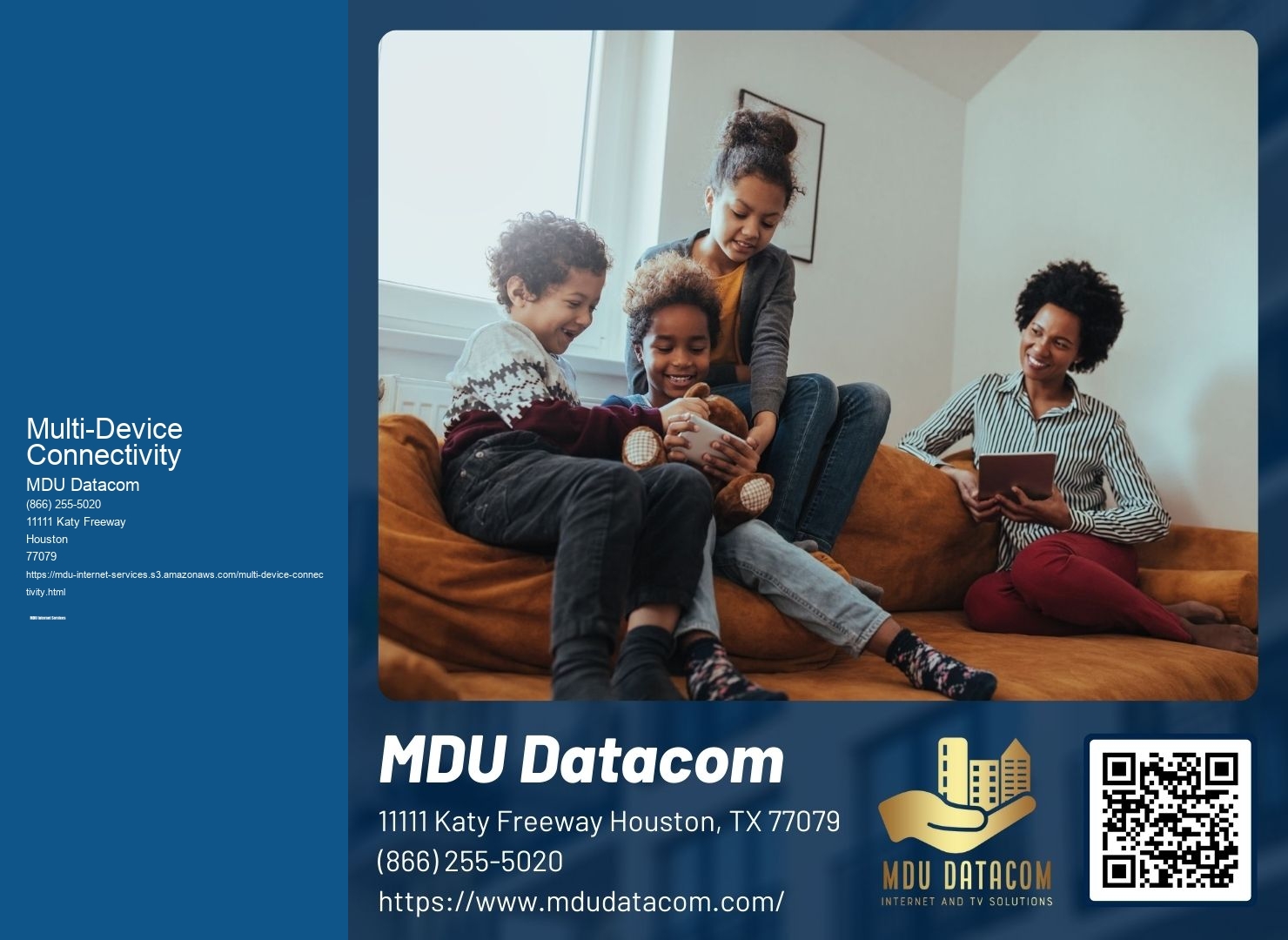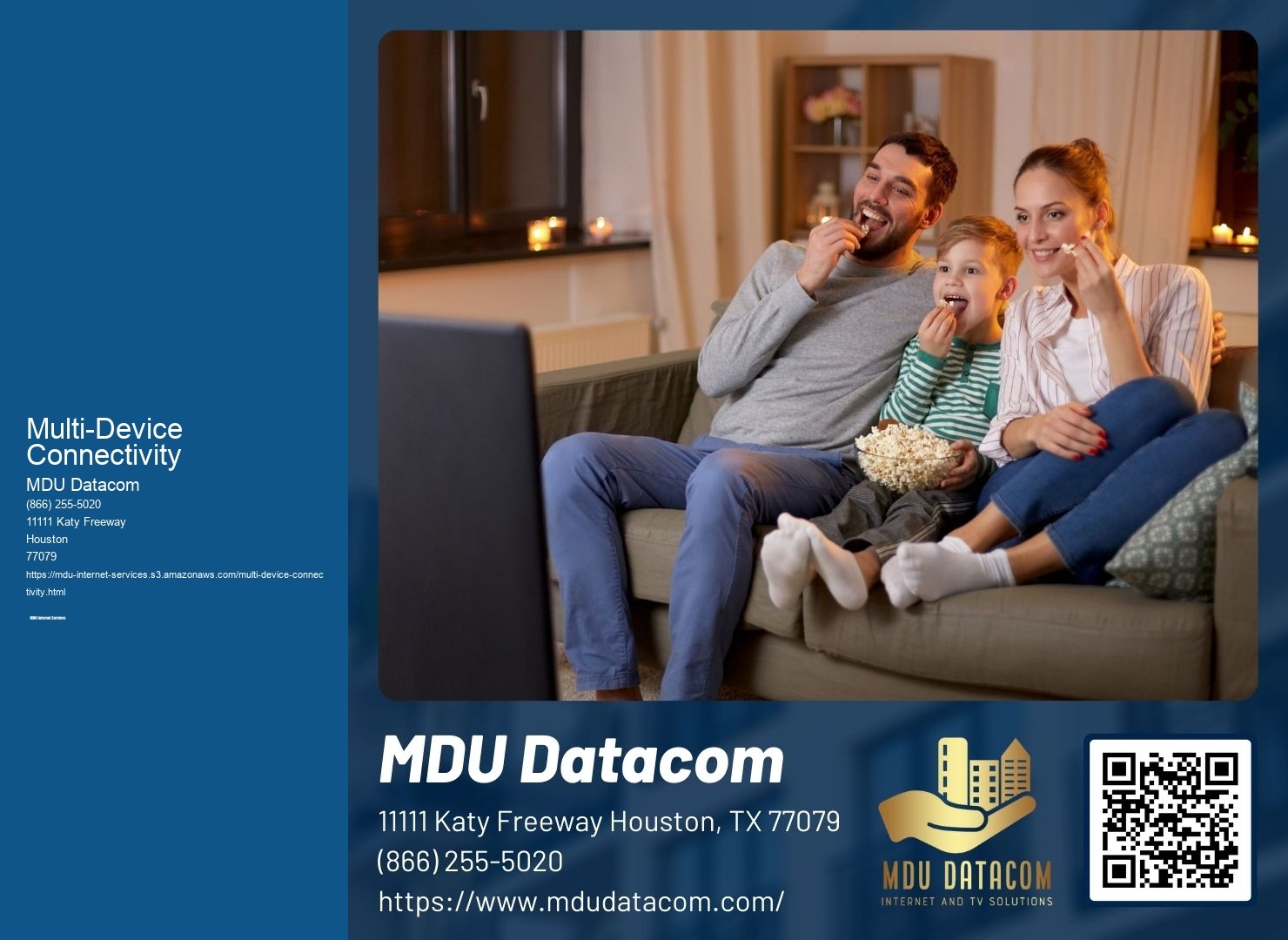

Multi-device connectivity can greatly enhance productivity and efficiency in the workplace by allowing employees to seamlessly switch between devices and access their work from anywhere. With multi-device connectivity, employees can start a task on their desktop computer, continue it on their laptop while on the go, and then finish it on their smartphone during their commute. This flexibility enables employees to make the most of their time and work on multiple tasks simultaneously. Additionally, multi-device connectivity allows for real-time collaboration and communication, as employees can easily share files, messages, and updates across different devices.
While multi-device connectivity offers numerous benefits, it also introduces security risks that need to be mitigated. One of the main risks is the potential for unauthorized access to sensitive data if a device is lost or stolen. To mitigate this risk, strong authentication measures such as biometric authentication or two-factor authentication should be implemented. Additionally, data encryption should be used to protect information transmitted between devices. Bulk Internet Services for Apartments Regular software updates and patches should also be applied to ensure that devices are protected against the latest security vulnerabilities. Lastly, employee training and awareness programs can help educate users about best practices for securing their devices and data.
Multi-device connectivity greatly enhances the user experience by enabling seamless transitions between devices. Users can start a task on one device and effortlessly continue it on another without any interruption. For example, a user can begin writing an email on their smartphone, then seamlessly switch to their tablet or computer to finish composing it. This seamless transition eliminates the need to manually transfer files or information between devices, saving time and effort.

There are several technologies and protocols used for multi-device connectivity. One common technology is Bluetooth, which allows devices to connect wirelessly over short distances. Wi-Fi is another widely used technology that enables devices to connect to a local network or the internet. Other protocols such as NFC (Near Field Communication) and Zigbee are used for specific applications, such as contactless payments or home automation. Additionally, cloud-based services and protocols like MQTT (Message Queuing Telemetry Transport) enable devices to communicate and share data over the internet, regardless of their physical location.
Multi-device connectivity plays a crucial role in the Internet of Things (IoT) ecosystem. In an IoT environment, various devices and sensors are interconnected to collect and exchange data. Multi-device connectivity allows these devices to communicate and share information seamlessly, enabling real-time monitoring, control, and automation. For example, in a smart home, multi-device connectivity allows users to control their lights, thermostats, and security systems from their smartphones or voice assistants. In industrial settings, multi-device connectivity enables remote monitoring and control of machinery and equipment, improving efficiency and reducing downtime.

One of the challenges of multi-device connectivity is compatibility and interoperability. Different devices may use different operating systems, protocols, or standards, making it difficult for them to communicate and work together seamlessly. This can result in compatibility issues and limited functionality when trying to connect devices from different manufacturers or with different software versions. To address this challenge, industry standards and protocols are continuously developed and improved to ensure better compatibility and interoperability between devices. Additionally, device manufacturers and software developers need to prioritize compatibility and provide regular updates to ensure that their devices can work together effectively.
Multi-Tenant Broadband ProvidersMulti-device connectivity enables cross-platform collaboration and data sharing by allowing users to access and share information across different devices and operating systems. For example, employees can collaborate on a document using different devices, such as a Windows laptop, a Mac desktop, and an Android tablet, without any compatibility issues. Cloud-based storage and collaboration platforms further facilitate cross-platform collaboration by providing a centralized location for storing and accessing files from any device. This enables teams to work together seamlessly, regardless of their preferred devices or operating systems, promoting productivity and efficient information sharing.

Yes, MDU does offer specialized internet services for smart home devices and IoT applications. They provide a range of solutions tailored specifically for the needs of smart homes and IoT applications. These services include high-speed internet connectivity with low latency and high bandwidth, ensuring seamless communication between smart devices. MDU also offers advanced security features to protect smart homes from cyber threats and unauthorized access. Additionally, they provide dedicated support and troubleshooting services to ensure the smooth operation of smart home devices and IoT applications. With their specialized internet services, MDU enables homeowners to fully leverage the benefits of smart home technology and maximize the potential of their IoT applications.
MDU, also known as Multiple Dwelling Units, does offer incentives for residents to participate in internet usage monitoring programs for network optimization. These programs aim to analyze and improve the performance of the internet network within the MDU. By monitoring residents' internet usage patterns, MDU can identify areas of congestion or high demand and take necessary steps to optimize the network. Incentives may include discounted or upgraded internet plans, improved network stability and speed, and enhanced customer support. Participating residents can benefit from a more reliable and efficient internet connection, ensuring a seamless online experience.
MDU, or Multi-Dwelling Unit, handles internet service transfers for residents moving within the same building by providing a seamless and efficient process. When a resident decides to relocate within the building, MDU ensures that their internet service is transferred smoothly without any interruption. This is achieved through a well-coordinated system that involves updating the resident's account information, transferring the existing internet connection to the new unit, and ensuring that all necessary equipment is properly installed and configured. Additionally, MDU offers personalized assistance to residents during the transfer process, addressing any concerns or issues that may arise. By prioritizing customer satisfaction and utilizing advanced technology, MDU ensures that residents can enjoy uninterrupted internet service even when moving within the same building.
MDU, also known as Multiple Dwelling Units, does offer incentives for residents to participate in community-wide internet speed testing initiatives. These initiatives aim to gather data on the internet speeds experienced by residents in MDUs. By participating in these tests, residents can contribute to the improvement of internet services in their communities. Incentives may include discounts on internet service plans, free upgrades to higher-speed plans, or even the chance to win prizes such as gift cards or electronic devices. These incentives serve as a motivation for residents to actively participate in the testing initiatives, ensuring a more accurate representation of the internet speeds in MDUs and ultimately leading to better internet connectivity for all residents.
Residents of MDUs have the ability to request personalized internet usage reports or analytics from their service providers. These reports can provide detailed insights into their online activities, including the amount of data consumed, websites visited, and the duration of each online session. By analyzing this information, residents can gain a better understanding of their internet usage patterns and make informed decisions about their online habits. Additionally, personalized internet usage reports can help residents identify any potential security risks or unauthorized access to their network, allowing them to take appropriate measures to protect their privacy and data. Overall, the availability of personalized internet usage reports empowers residents to take control of their internet usage and optimize their online experience.
MDU, also known as Multi-Dwelling Unit, does offer discounts for residents who bundle internet services with other utilities. By bundling these services, residents can enjoy cost savings and convenience. MDU understands the importance of providing a comprehensive package that meets the needs of its residents. By offering discounts for bundled services, MDU aims to enhance the overall customer experience and provide value for money. Residents can take advantage of this opportunity to streamline their utility bills and enjoy the benefits of a bundled package that includes internet services along with other essential utilities.
Residents living in multi-dwelling units (MDUs) often have the flexibility to upgrade their internet packages mid-lease. This allows them to take advantage of faster speeds, increased bandwidth, and additional features that better suit their needs. MDU providers understand the importance of offering scalable and customizable internet options to cater to the diverse requirements of their residents. By allowing mid-lease upgrades, residents can seamlessly adapt their internet services to accommodate changes in their usage patterns, such as increased streaming, online gaming, or remote work. This flexibility enhances the overall resident experience and ensures that they have access to the best possible internet connectivity throughout their lease term.
MDU, or Multi-Dwelling Unit, handles requests for internet service relocation within properties due to apartment transfers or lease changes by following a streamlined process that ensures a smooth transition for the residents. When a request is received, the MDU team assesses the availability of internet service in the new apartment and determines the feasibility of relocation. They take into consideration factors such as the existing infrastructure, network capacity, and the specific requirements of the resident. If relocation is possible, the team coordinates with the resident and schedules a convenient time for the transfer. They also provide assistance in setting up the internet service in the new apartment and ensure that all necessary equipment is installed and functioning properly. Throughout the process, MDU maintains clear communication with the resident, addressing any concerns or issues that may arise. By efficiently managing these requests, MDU ensures that residents can enjoy uninterrupted internet service during their apartment transfers or lease changes.